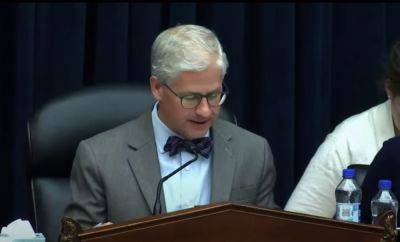ECB sums up digital euro prototyping exercise as it nears possible pilot launch
The European Central Bank (ECB) has published a summary of the results of its digital euro central bank digital currency prototyping exercise. The exercise investigated offline use of a simulated digital euro and four other instances of interoperability with existing payments systems.
The project was part of the second phase of Eurosystem preparations for a potential pilot launch of a digital euro in the fall of this year. The exercise ran from July 2022 to February 2023.
Eurosystem developed a centralized settlement engine for the exercise called N€XT that used an unspent transaction output (UTXO) data model. Five prototype customer interfaces that represented differing use cases were provided by private companies. Self-custody wallets were also trialed.
The UXTO model preserved customer privacy using one-time UTXO addresses that did not reveal the wallets holding them. User experience was identical for custodied and non-custodied wallets.
Related: Samsung to research South Korea’s CBDC for offline payments
The offline transactions use case was more problematic. Seeking to gain “more in-depth knowledge of how the combination of hardware and software protocol could avoid double spending and ensure settlement finality and non-repudiation,” the report concluded:
Nonetheless, the exercise showed that “online and offline digital euro prototypes can be interoperable even if based on different data models and technical designs.”
Simultaneously with the exercise summary, the ECB published a “Market Research Outcome Report” on the digital euro. It also found that offline “solutions compliant with the Eurosystem requirements would be novel and might create uncertainty when an offline solution might be ready.”
I’m honoured to
Read more on cointelegraph.com


















